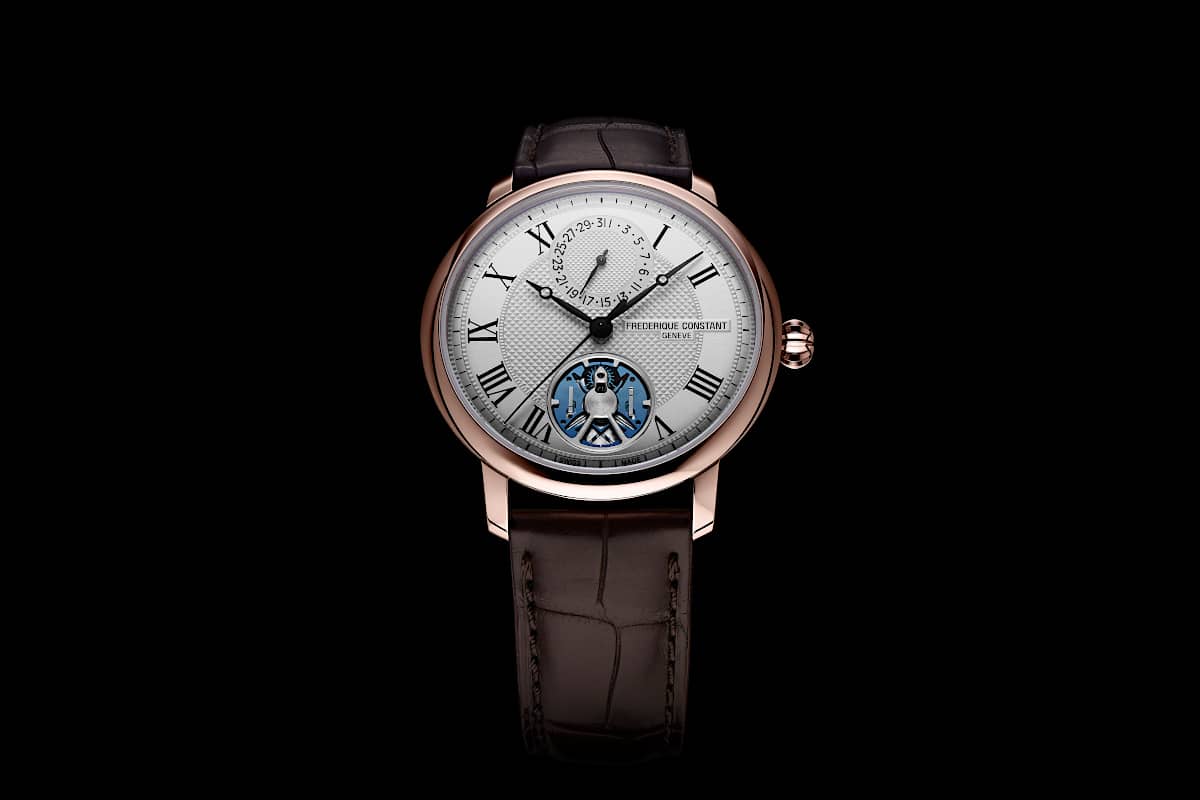With the Slimline Monolithic Manufacture collection, Frederique Constant adds a new chapter to its vision: to offer Swiss Made groundbreaking innovation at a fair price. The key topic is not introducing new materials or consumer services, a commodity in watchmaking in 2021, but a cutting-edge technology involving the essence of a mechanical timepiece: the regulating organ. Since the Citizen Group acquired Frederique Constant, the brand kept pushing on developing a project once triggered by Peter and Aletta Stas.
Frederique Constant has partnered with Flexous.
To create the Monolithic, Frederique Constant has partnered with Flexous, a Dutch company leading in the design and production of flexible parts for the watchmaking industry. The term "Leader" is now synonymous with "unique" since Flexous is the only company to offer such technology. Each time you see a timepiece equipped with one or more flexible parts, be sure that the brand had partnered with Flexous, as Zenith did when it unveiled the Defy Lab a few years ago.
The vision behind the Monolithic
Accuracy, reliability, and consumer experience; here are the main achievements connected with the new Frederique Constant Monolithic. The replacement of the ordinary regulating organ – whose concept dates back to some centuries ago – with a better-performing and easier-to-service assembly is on top of the list of those brands searching for innovation. Cost management, rating precision, and user experience are of equal relevance for brands and consumers.
What is "Monolithic"
The Frederique Constant new caliber 810 is the brand's thirtieth in-house-made mechanical movement. The R&D's engineers replaced the 26-part original assembly with a single piece, which includes the fine adjustment parts while complying with the size you'll be used to with a standard regulating organ; yet, it is way thinner, in comparison.
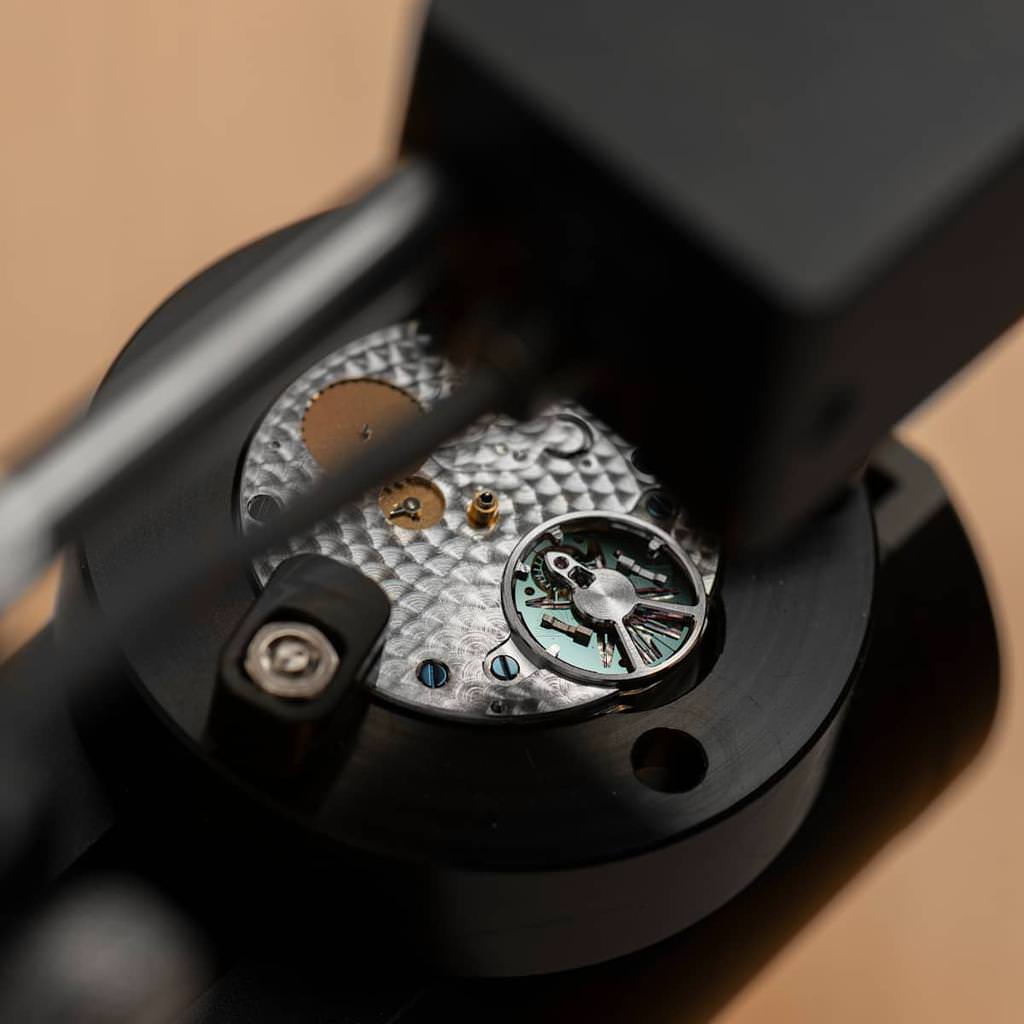 I suggest you listen to Nima Tolou, founder and CEO of Flexous, while he is showing, via an origami, how a single and thin surface works when you're moving one or two elements of the single piece of the sheet itself.
I suggest you listen to Nima Tolou, founder and CEO of Flexous, while he is showing, via an origami, how a single and thin surface works when you're moving one or two elements of the single piece of the sheet itself.
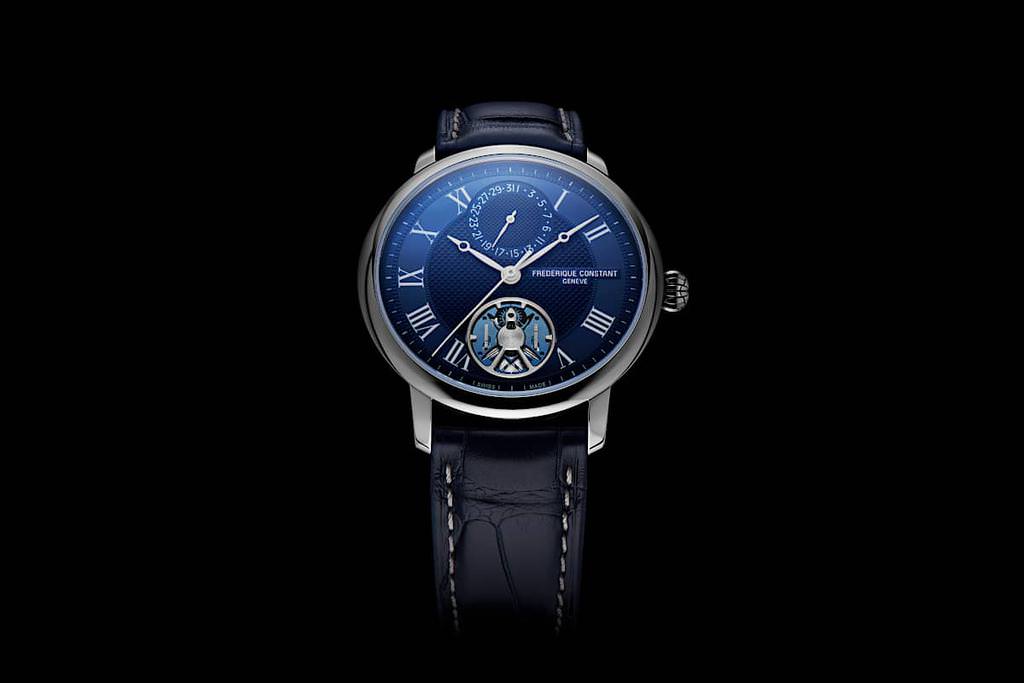 By reducing the number of parts in a kinematic chain, you end up reducing friction and wear, first and foremost, and then requiring fewer lubricants, too. A too long and heavy kinematic chain affects the operating frequency and time measurement's accuracy as a consequence. In contrast, smaller masses allow higher frequencies, just like a small displacement engine can, in turn, rev much higher than its larger displacement sibling.
By reducing the number of parts in a kinematic chain, you end up reducing friction and wear, first and foremost, and then requiring fewer lubricants, too. A too long and heavy kinematic chain affects the operating frequency and time measurement's accuracy as a consequence. In contrast, smaller masses allow higher frequencies, just like a small displacement engine can, in turn, rev much higher than its larger displacement sibling.
Which are the advantages of Monolithic?
Here they are, as listed by the brand's Director of Product Development:
-
Performance
-
Size
-
Fine Adjustment
A single monocrystalline silicon part replaced the original 26 pieces; the new geometry includes four flexible surfaces and an integrated anchor. The organ vibrates six degrees around its idle, while a standard balance wheel oscillates an outrageous three hundred degrees or more, in comparison.
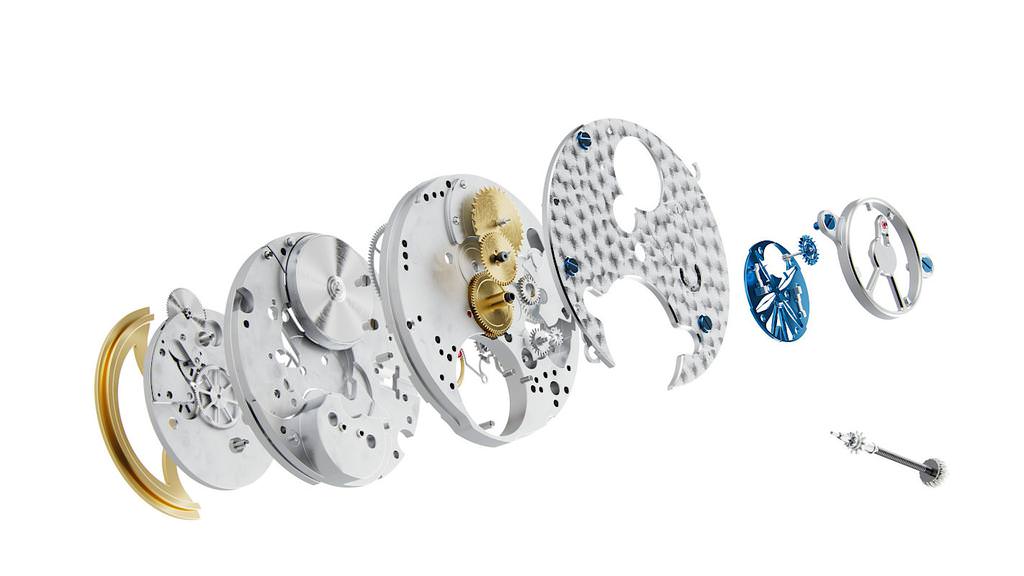 Such an amplitude helped the system speed up from the original 4 Hertz up to ten times faster. Also, silicon is not prone to any change in temperature.
Such an amplitude helped the system speed up from the original 4 Hertz up to ten times faster. Also, silicon is not prone to any change in temperature.
Size
The new oscillator is ultra-flat (it measures just 300 microns in thickness) and is less than a centimeter across, allowing designers to explore new styles and the engineers to investigate different mechanical layouts. Since it is entirely made of silicon, the oscillator is fully antimagnetic, offering additional advantages to running precision over a longer time. Finally, lowering the mass is diminishing earth gravity's effects as well.
Adjustment
The component hosts two small masses to let the watchmaker adjust the moment of inertia, either during the manufacturing steps or service intervals. By rotating them clockwise, the oscillator's run rate fastens and the other way round.
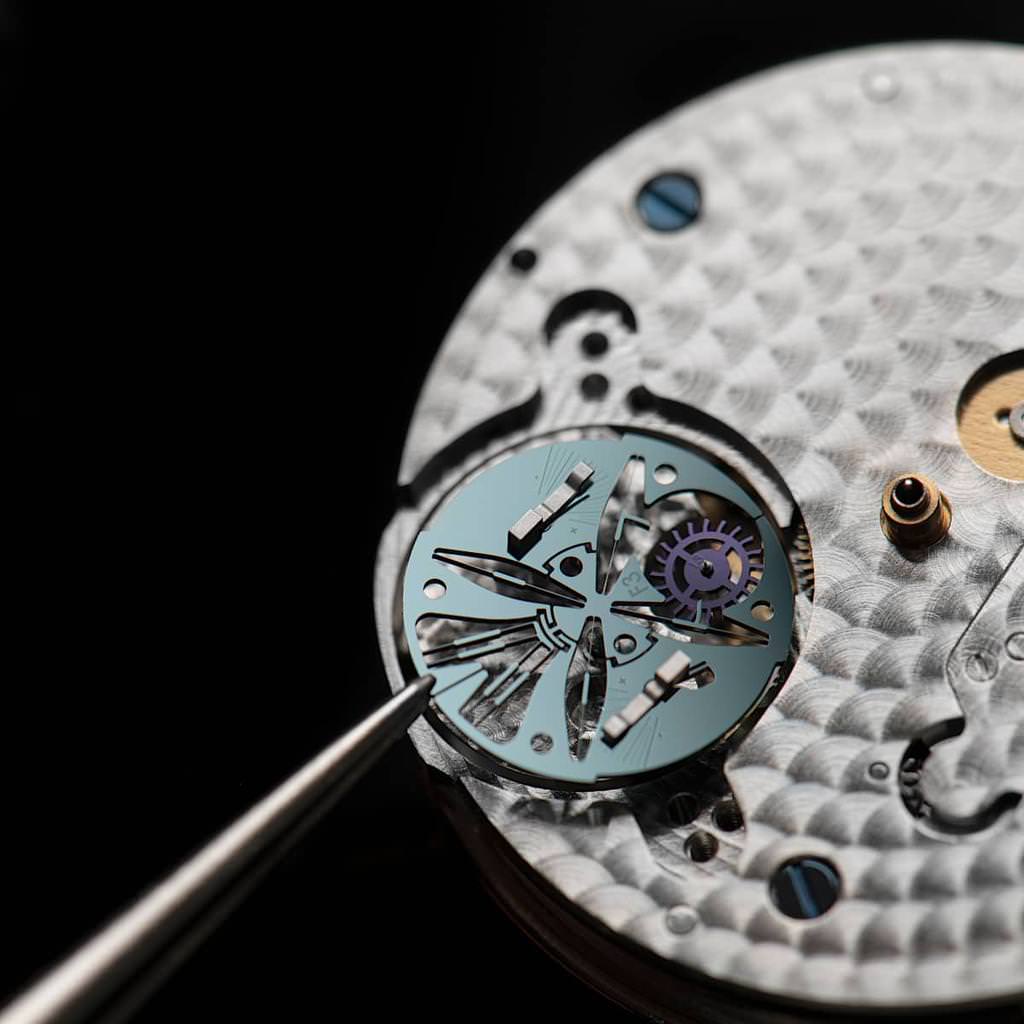 You won't design and manufacture such a new component if you're not changing the production process and testing altogether. From a mechanical standpoint, engineers had to revise the gear train and add a fourth wheel to properly manage the high frequency, while the testing process required laser-based technology. From a consumer perspective, the second's hand operating at eighty beats per second introduces a kind of glide motion experience. Thumbs up to the technical team for unleashing a high-frequency timepiece capable of running for eighty hours when fully wound.
You won't design and manufacture such a new component if you're not changing the production process and testing altogether. From a mechanical standpoint, engineers had to revise the gear train and add a fourth wheel to properly manage the high frequency, while the testing process required laser-based technology. From a consumer perspective, the second's hand operating at eighty beats per second introduces a kind of glide motion experience. Thumbs up to the technical team for unleashing a high-frequency timepiece capable of running for eighty hours when fully wound.
The new Slimline Monolithic Manufacture
Frederique Constant opted for a classic Slimline to house the new caliber and technology, which is quite a classic take for innovation this exclusive. The dial comes with a "Clous de Paris" pattern, Roman numerals, and Breguet hands, whereas the see-through case back offers the classic touch you're used with any standard Frederique Constant in-house caliber, including perlage and Côtes de Geneve decorations.
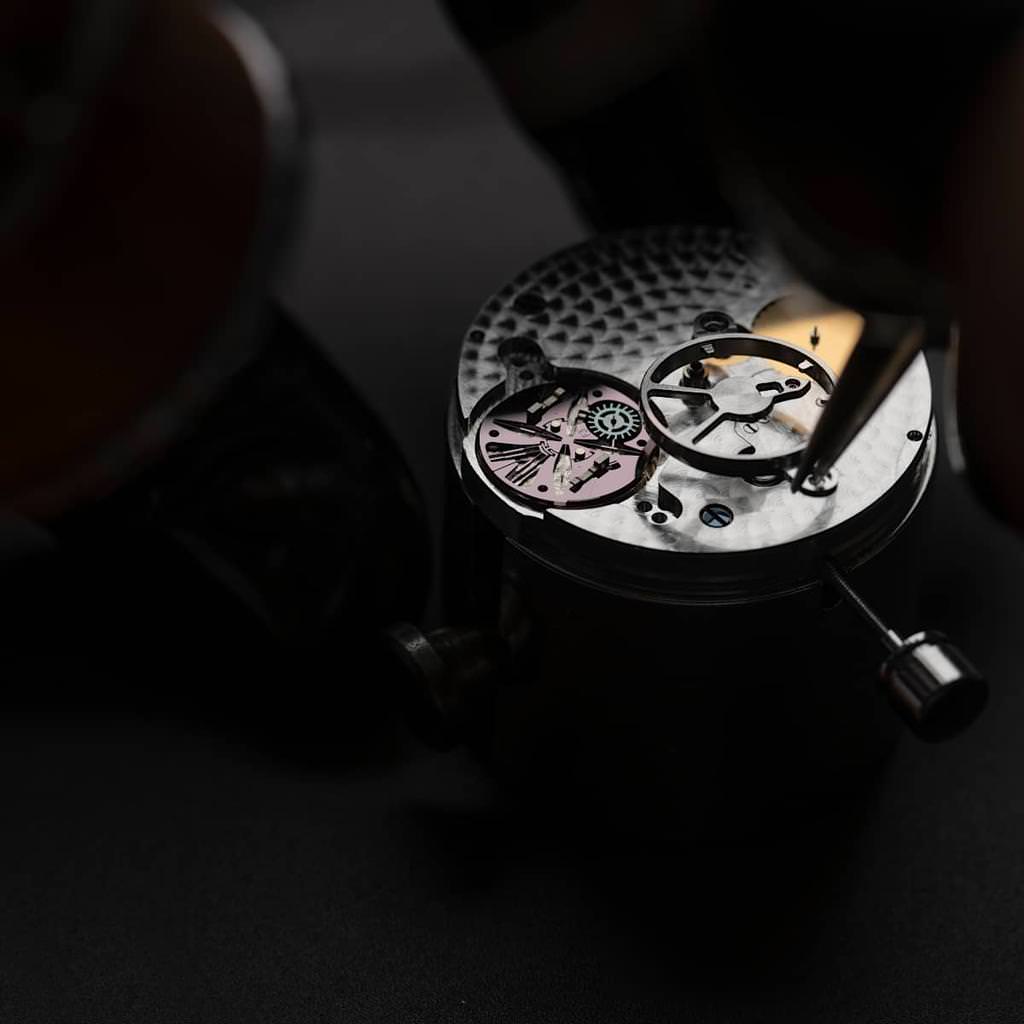 I guess the brand opted for creating a vivid contrast between classicism and pure innovation; as far as I'm concerned, I would have gone for a whole new product collection packed with style as avant-garde as it is the new Monolithic project. Priced well under five thousand euros, if you're going for the steel Slimline Monolithic Manufacture, the new collection prides Frederique Constant with being the only brand to offer a high-frequency mechanical watch (288,000 vibrations per hour) in this class of products.
I guess the brand opted for creating a vivid contrast between classicism and pure innovation; as far as I'm concerned, I would have gone for a whole new product collection packed with style as avant-garde as it is the new Monolithic project. Priced well under five thousand euros, if you're going for the steel Slimline Monolithic Manufacture, the new collection prides Frederique Constant with being the only brand to offer a high-frequency mechanical watch (288,000 vibrations per hour) in this class of products.
(Photo credit: courtesy of Frederique Constant)
Gaetano C @Horbiter®
Instagram – Gaetano Cimmino
